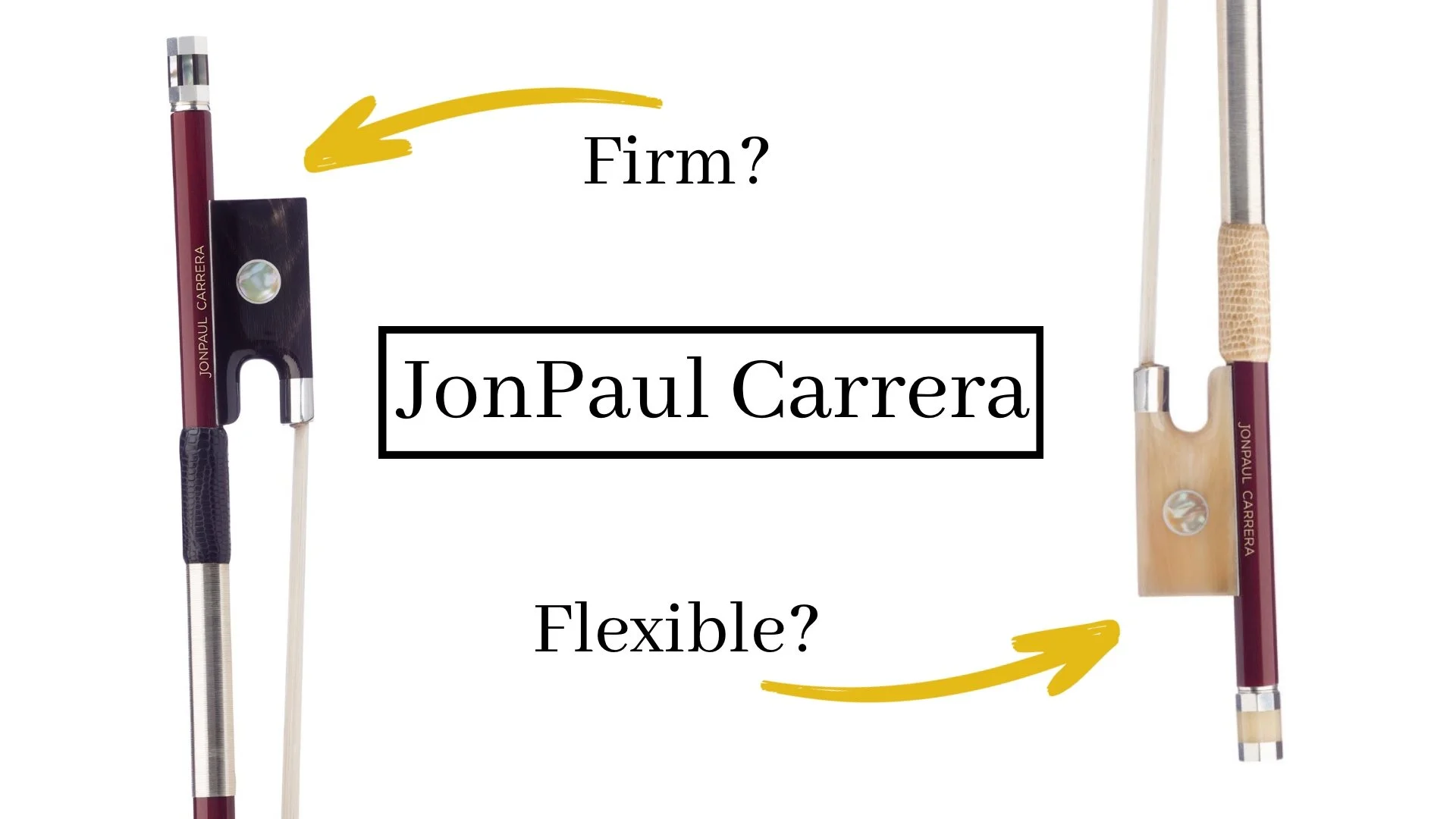5 Items You Need to Play Violin
/Are you ready to start playing violin and wondering, “What all do I need to start playing violin?” Here is my list of must-have accessories for playing violin.
For starters, you'll want a violin! There are many options for beginner violins. After hearing and tuning many beginner violins, I’ve narrowed down the choices and selected the most affordable violins that still have great sound and are easy to tune. Discover my top picks for beginner violins here.
*Note: all beginner violin outfits will include a violin, a case, and a bow (or they should!) Those items are all necessary. Keep reading to learn about the other accessories I deem necessary.
1. Shoulder Rest
A shoulder rest helps you keep the violin stable on your shoulder. While not everyone plays with a shoulder rest, I recommend all beginners at least start with a shoulder rest. This allows you to learn the basics without having to worry about the violin constantly slipping and falling. As you get a few basics under your belt, you can continue to experiment to determine which shoulder rest is best for you, or if you need a shoulder rest at all!
*Note: many violin outfits come with a shoulder rest. You can use this for starting out, but keep experimenting to find the shoulder rest that is perfect for you.
2. Music Stand
Using a music stand promotes good posture. If you're practicing with your music in your lap, in your case, or pinned to the wall, chances are you're doing some weird things with your posture that can lead to real tension issues. Portable stands are fine and nice to have, but a stand with a solid back makes it easier to write on your music. Plus, it’s more stable and solid than those flimsy, cheap wire stand.
3. Rosin
If you purchased your violin as an outfit, rosin was probably included. However, student-grade rosin often has a grittier sound and produces more powder. For a few dollars more you can upgrade to a better sound. A cake of rosin can last a decade if properly taken care of, so it’s worth spending a few extra dollars. Dark rosin is more sticky and is better for dry climates. Light or amber rosin is better for violin but both colors work.
This Holstein Reserve Rosin is my absolute favorite. It’s a little pricey but so worth it.
4. Metronome/Tuner
You can use free apps for help tuning your violin. As you progress, you’ll realize a tuner and a metronome offer many tools to a violinist to make even faster progress. I suggest buying an actual metronome tuner combo. These metronome/tuners are usually louder than the apps and the metronomes also offers different pitches, called “drones” which can really help you play in tune!
Boss and Korg are good brands that I often recommend.
5. A Violin Teacher or Violin Course
While I do believe it is possible to learn violin on your own, you will need some feedback at some point. Learning with a teacher or with a course will help you stay on track and make progress faster.
If you are interested in learning from me, check out my online studio which has hundreds of lessons and courses for learning violin, music theory, ear training, song tutorials, and more.
6. A Big Microfiber Cloth (Optional)
Your violin outfit may come with a cleaning cloth, if not you’ll want one to keep your violin clean and free of rosin dust. I love this extra big cleaning cloth which is much bigger than your standard tiny microfiber cloth that comes with most violin outfits.
7. An Extra Set of Strings (Optional)
You don’t absolutely have to have an extra set of strings to start playing violin. But just go ahead and accept that you will snap a string at some point. We all have broken strings at some point—me included! So it’s a great idea to go ahead and have an extra string set so you don’t have to wait a couple days before you can start playing again. Check out my recommendations below for the best and worst violin strings!
Happy Practicing!






















